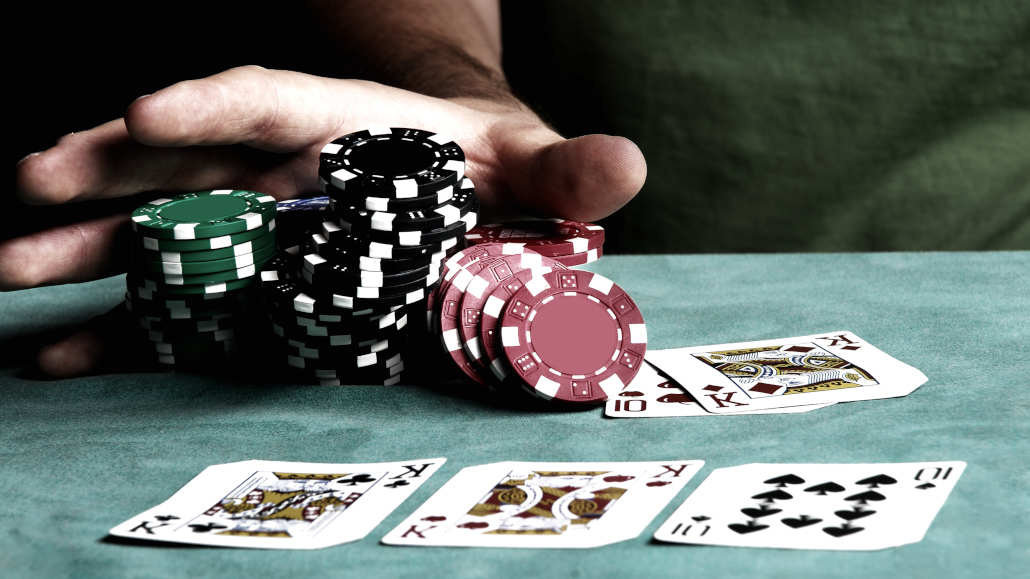Straight Definition – Probability of Making a Hand Containing Five Consecutive Cards

1 minute
What Is a Straight in Poker?
Making a straight in poker means getting five cards of consecutive values, like 5 6 7 8 9.
When it comes to poker straights, suits are irrelevant (unless all cards are of the same suit, of course, as that would be a straight flush).
Other than that, it doesn’t matter whether you have three spades and two heart, four diamonds and a club, or any other combination of suits. They’re completely irrelevant for this type of a poker hand.
Poker straight rules when it comes to determining a winner are fairly simple. If two or more players happen to have a straight, the winner is always the player with the highest card on the top end. So, 6, 7, 8, 9 T beats a 2, 3, 4, 5, 6 poker straight.
In Hold’em and many other variations, an ace can be used to create two different straights: the lowest one, also known as the poker wheel (A, 2, 3, 4, 5) and the highest possible one, often referred to as a Broadway (T, J, Q, K, A).
Texas Hold’em straights are fairly strong hand, but they’re also susceptible, as they lose to any flushes, full houses, quads, and straight flushes.
Straight Poker Odds
Now that you know what straights are in poker and how they’re formed, let’s get into the mathematical part of it. What is a probability of flopping a straight in Texas Hold’em and how often can you expect to get this hand during your session?
Your actual odds of flopping a straight depend on the type of a hand you start with. As you’d expect, some starting hands have much better odds of making a straight on the flop than the others.
- Making a straight on the flop with any two cards: 0.39%
- Flopping a straight with any two connectors: 1.09%
- Making a flopped straight with any single-gap connectors (like 7 9): 0.85%
- Flopping a straight with any two-gap connectors (i.e., 5 8): 0.61%
What’s interesting to know about Texas Hold’em straights is that certain types of connectors have slightly better odds of making a straight than the others. This is simply because there are more straight-making boards in the mix.
You’re likelier to make a straight with connectors between 4 5 and J T. Likewise, you have better odds of flopping a straight with two-gappers between 3 5 and Q T.
- Poker Squeeze Play – Which Hands Make the Most Sense for Squeezing? - August 10, 2023
- How to Play Low Pocket Pairs in Texas Hold’em - July 29, 2023
- How to Make Deep Runs in MTTs More Often - July 22, 2023














